Cooler weather is approaching and nothing screams fall and winter like a hearty, delicious soup. What is better than simply tossing your ingredients in a slow cooker in the morning and having a scrumptious meal waiting for you at the end of the day? However, so many people with kidney disease feel like they can’t enjoy soup anymore. That doesn’t have to be the case! Let’s break down what kidney-friendly soups looks like, how to shop for canned soups, and what to avoid when it comes to soup in a renal diet.

Table of Contents
What Makes a Kidney-Friendly Soup?
There are so many “foods to avoid with kidney disease” lists out there and unfortunately, soup is usually on that list.
However, not all soups are created equal. We are here to help you decide which soups are more kidney-friendly than the others.
Because soup can absolutely fit into a kidney-friendly diet!
When we pick a soup, we want:
- Plenty of vegetables (and sometimes even fruit!) and fiber
- Whole grains
- Plant-based sources of protein
- Health-promoting herbs and spices
- A low to moderate amount of sodium
- The right amount of potassium
What Needs To Be Included In Kidney-Friendly Soups
Let’s talk about what we can add to your soup that will make it more kidney-friendly.
Soup is an opportunity to add foods and flavors that are going to help nourish and heal your body.
The more nutrient-dense foods we can add to our soup, the better!
Fiber
Fiber is important for a kidney-friendly soup.
It can help with blood sugar management, better heart health, and can provide a feeling of fullness.
Soups can be a great way to pack in more fiber sources including:
- fruits (think gazpacho!)
- vegetables
- whole grains
- beans
- nuts
- seeds
- legumes
These can all be great additions to kidney-friendly soups.
Consider adding these high-fiber ingredients next time you decide to whip up a soup!
- Potatoes
- Butternut Squash
- Broccoli
- Avocado (can be a great topping!)
- Apples
- Beets
- Artichoke
- Brussels Sprouts
- Lentils
- Split Peas
- Chickpeas
- Kidney Beans

This is certainly not an all-inclusive list! There are a ton of great sources of fiber out there.
Vegetables
There are so many nutrient-dense vegetables that can be added to a kidney-friendly soup.
Vegetables can provide flavor, different textures, bulk and a variety of vitamins and minerals to your soup.
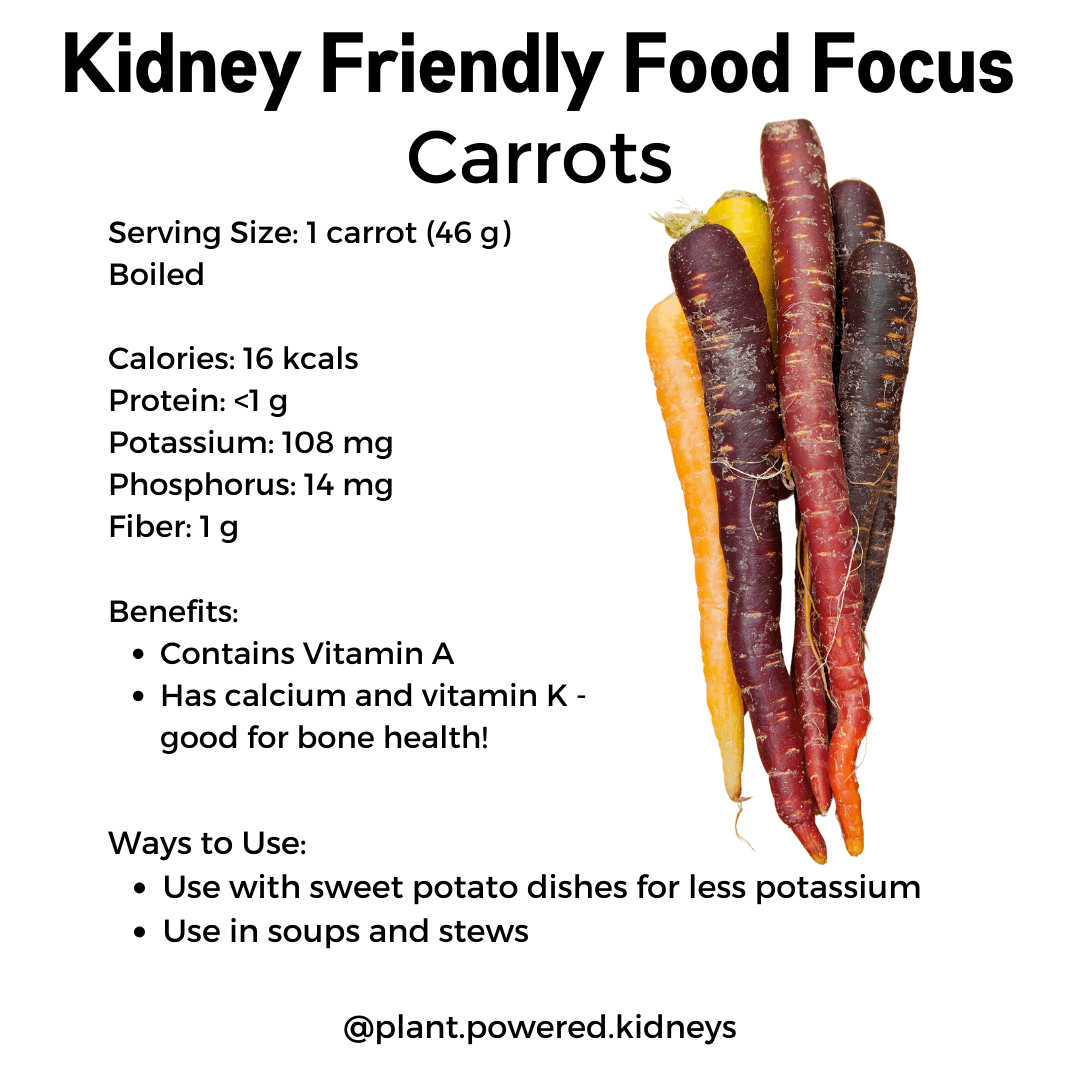
- Carrots
- Cabbage
- Kale
- Spinach
- Mushrooms
- Swiss Chard
- Onions
- Leeks
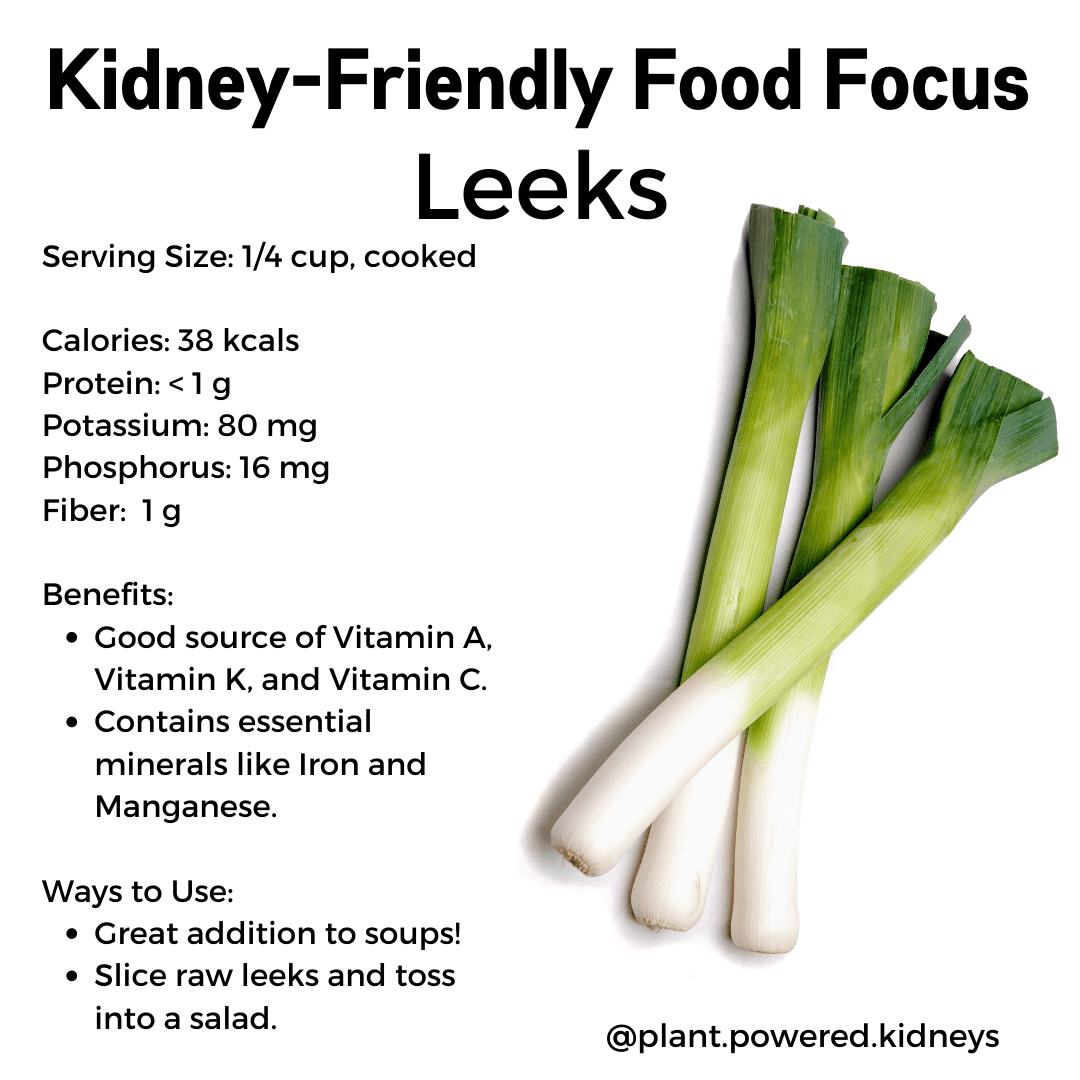
Whole Grains
Whole grains are fabulous addition to a kidney-friendly soup.
They can be great sources of fiber, B-vitamins, magnesium and more.
Plus, whole grains add bulk and texture to your soup. This can provide a fun “chewiness” and more satisfaction.
Try one of these kidney-friendly whole grains:
- Quinoa
- Brown Rice
- Barley
- Farro
- Orzo
- Whole wheat pasta
- Bulgur
- Buckwheat
Plant-Based Protein Sources
Add a plant-based source of protein to provide nutrition and a better feeling of satisfaction to your soup.
Some examples of plant-proteins include;
- Beans
- Chickpeas
- Peas
- Lentils
- Tofu
- Edamame

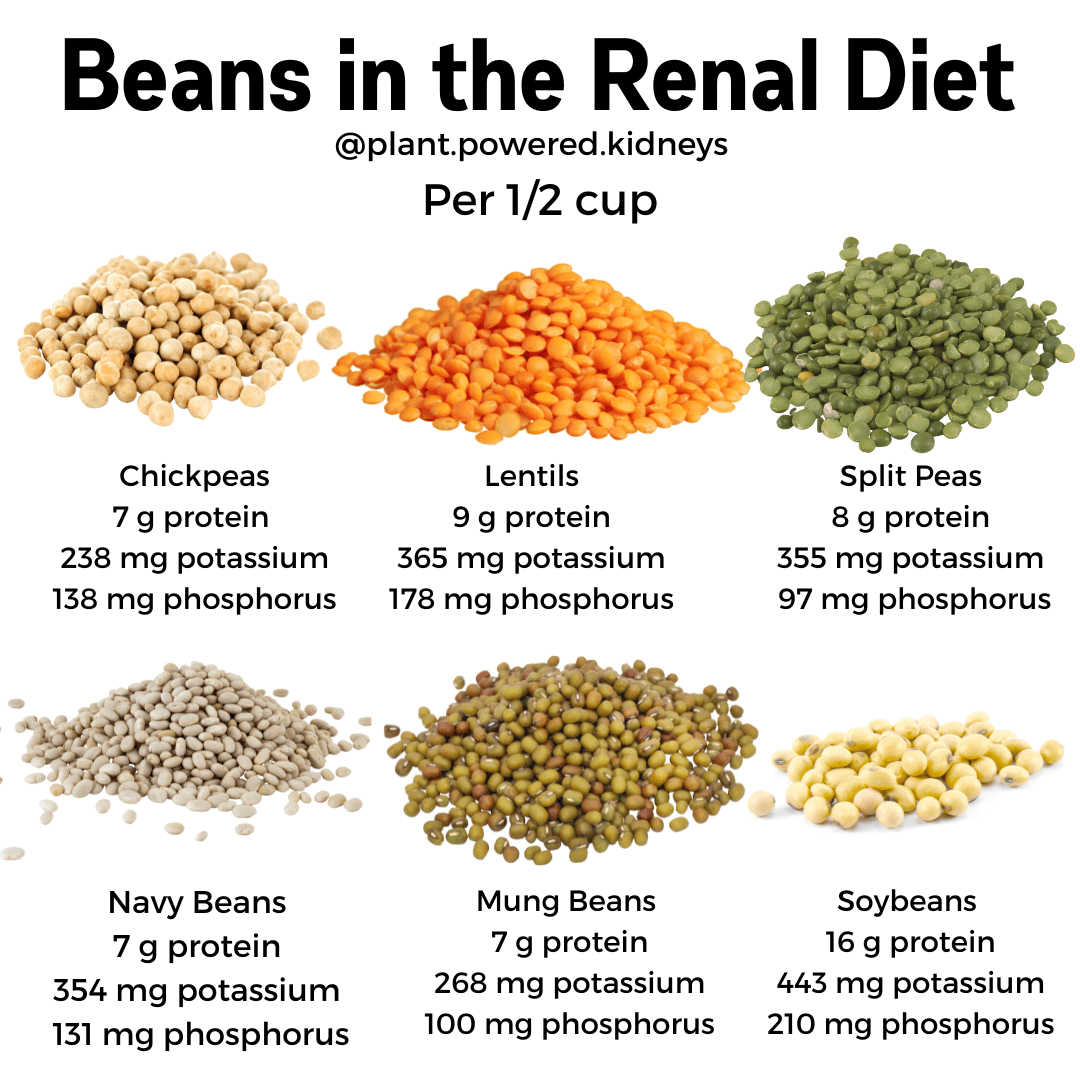
Herbs and Spices
Soups are a fantastic opportunity to add in health-promoting herbs and spices.
These herbs and spices can provide unique flavors that help cut down on the need for salt to flavor the soup.
Herbs such as turmeric and garlic also have incredible health-promoting benefits as well as great flavor profiles to add to the soup.
Take a look at some of these flavor powerhouses:
- Garlic powder
- Onion powder
- Thyme
- Cayenne Pepper
- Curry Powder
- Basil
- Nutritional Yeast
- Bay Leaves
- Turmeric
- Ginger
- Black Pepper
- Paprika
- Marjoram
- Oregano
- Parsley
- Cumin
- Sage
- Tarragon
- Rosemary
- Chili Flakes
What To Avoid In Kidney-Friendly Soups
What needs to be left out of the pot when we are concocting our kidney-friendly soup?
Too Much Salt
Soups are notorious for having very high amounts of sodium.
This is usually why you find soups on the “Foods to Avoid for Kidney Disease” list or the “Salty Six” list on the internet or at your doctor’s office.
It’s true, soup can contribute quite a bit of sodium to your diet if we aren’t careful.
However, the goal is not to aim for 0 mg of sodium per day. This is unrealistic and unhealthy, even for kidney disease.
We need some sodium in our diet, we just want to make sure that we don’t get too much.
In many cases, those with kidney disease should generally limit sodium to under 2,300 milligrams (mg) per day.
Those with certain cardiovascular issues may need to follow a stricter sodium intake of 1,500 – 2,000 mg per day.
Talk to your dietitian about how much sodium you need in a day.
One of the biggest culprits for sodium in your soup is usually the base or stock. These items can be very high in sodium.
Broth Options
There are many different types of broth available. To note, even though regular vegetable broth is plant-based, it still contains high amounts of sodium.
| Type of stock (100 g servings) | Calories | Protein (g) | Potassium (mg) | Sodium (mg) |
|---|---|---|---|---|
| Vegetable | 2 | 0 | 12 | 229 |
| Chicken | 8 | 2 | 122 | 212 |
| Beef | 8 | 1 | 0 | 208 |
| Bone | 33 | 4 | n/a | 188 |
All information was obtained from the USDA nutrient database. Nutrition information will vary across different brands.
Bone Broth
We generally do not recommend that those with kidney disease consume bone broth.
Although it is growing in popularity with the general public, it can often add unnecessary amounts of protein for those with kidney issues.
There is no USDA nutrition information for a standard bone broth recipe, but many nutritional information for the different brand products.
No Sodium or Low Sodium Broth Options
There are also plenty of low-sodium or no-salt-added broths available.
Low sodium Options:
- Pacific Foods Low Sodium Vegetable Broth
- Imagine Low Sodium Vegetable Broth
- Better Than Bouillon Vegetable Base
Unsalted Options:
Creamy soups
Cream-based soups or soups that contain heavy cream, cream cheese, milk or other dairy products can add more sodium and protein.
These are usually two items that people with kidney disease need to limit.
Additionally, the added dairy may also increase the potassium and phosphorus content of the soup.
Using coconut milk, soaked and blended cashews, or nutritional yeast can be great swaps to add a bit of creaminess to your soup!
These swaps are often found in plant-based soup recipes and can help cut down on protein and sodium.
Create your own soup broth
You can also create your own vegetable broth.
- Keep all of your vegetable scraps (scraps from carrots, peppers, kale, onion, and leeks all do great!) to make a great homemade veggie stock.
- Add a few tablespoons of olive oil to a large stock pot.
- Add your vegetable scraps and salt-free seasonings to taste (garlic, bay leaves, thyme, and black pepper all do well).
- Add enough cold water to just cover the scraps.
- Cover and bring to a boil and then let simmer for 20-25 minutes.
- Next, remove from heat, remove scraps and use in your favorite soup recipe!
Protein
Certain soups can be very high in protein. Many people with kidney disease need to be mindful of the amount of protein that they contain. Take a look at these high and moderate-protein soup ingredients:
- Chicken
- Turkey
- Beef
- Fish and Seafood
- Game meats
- Lamb
Moderate Protein:
- Beans
- Lentils
- Eggs
- Milk and dairy products
- Tofu and soy products
- Quinoa
Swapping out high-protein items with low or moderate-protein items can be a great way to cut back on protein! For example:
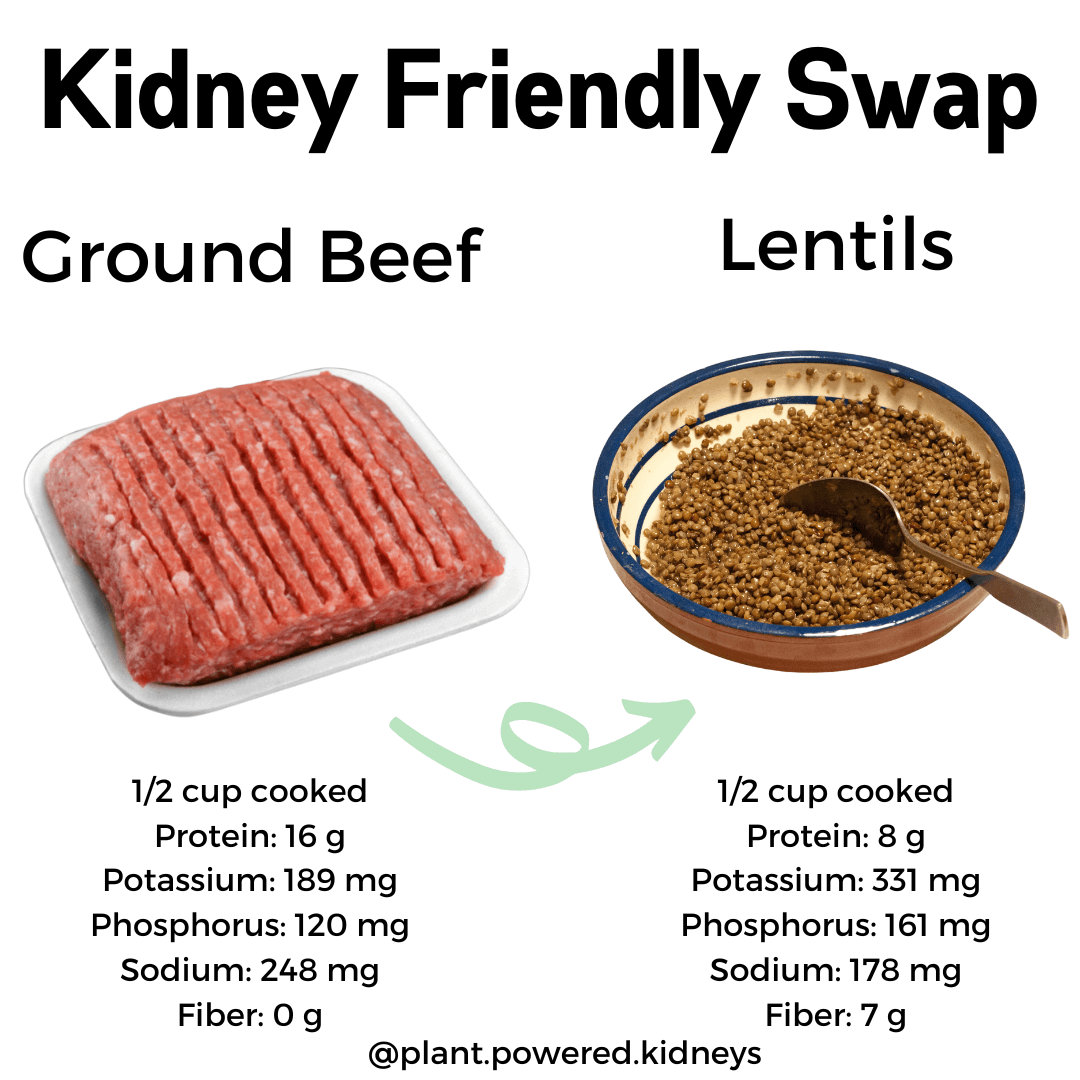
Fluids
Soups do contribute fluids in your diet. Some people with chronic kidney disease need to follow a fluid restriction.
If your healthcare team has told you that you need to follow a fluid restriction, be sure to consider soup as part of your fluid intake.
You can read more about fluids and the kidney diet here.
Consider Potassium
What about the potassium content of certain soups?
Yes, some people with kidney disease need to limit the amount of potassium they consume.
Some higher potassium soup items include:
- Butternut Squash
- Potatoes
- Sweet Potatoes
- Avocado
- Cooked Spinach
- Cooked Broccoli
- Winter squash
- Parsnips
- Pumpkin
- Swiss Chard
- Tomatoes, tomato sauce and other tomato products
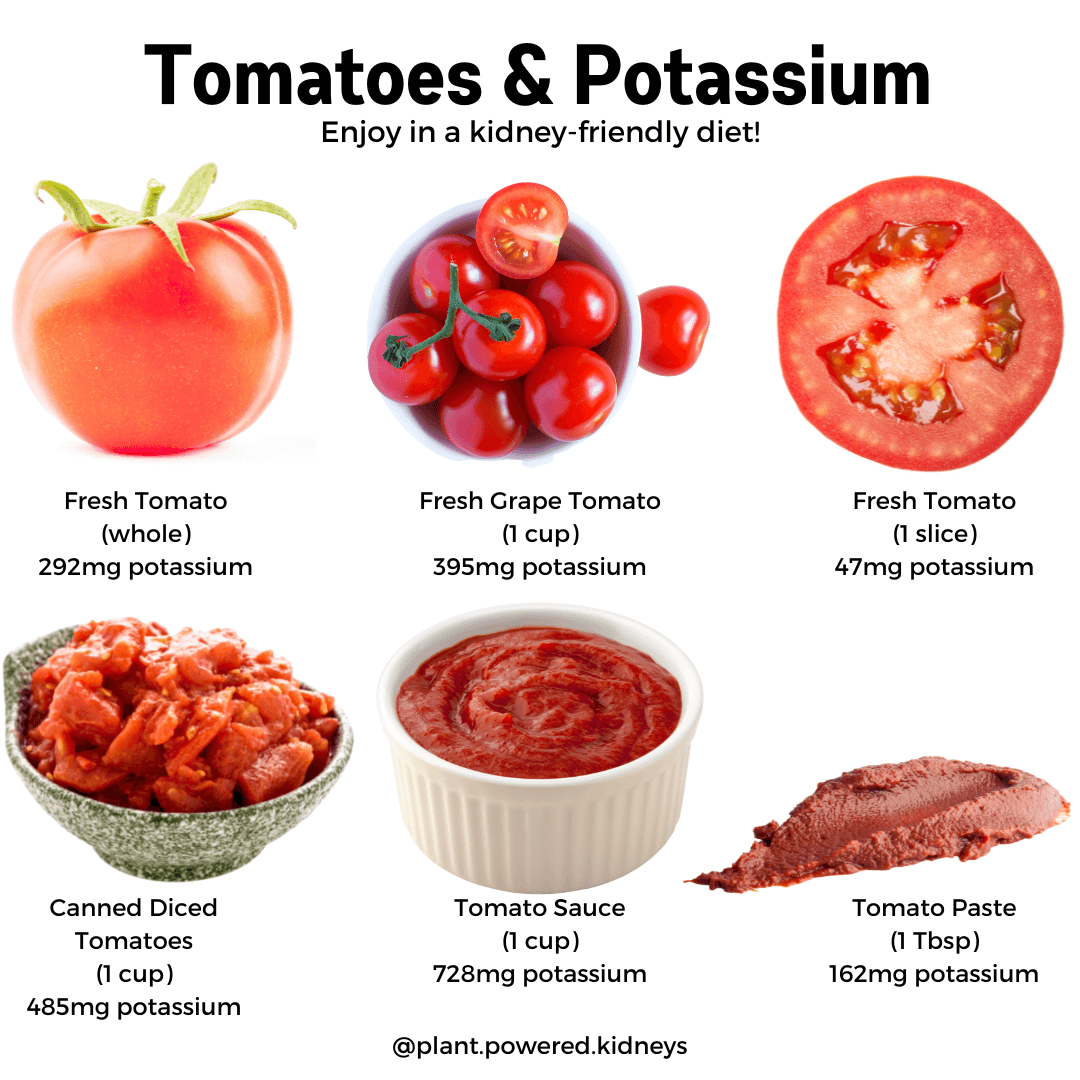
If you do need to follow a potassium restriction (remember, not everyone does), you may consider cutting down on the portion size or swapping out high-potassium items for lower-potassium options.
For example, if a soup recipe calls for winter squash but a serving of that soup does not fit into your potassium restriction, consider cutting the amount of winter squash in half and adding in some cauliflower instead.
Or, you could swap out the winter squash for the cauliflower entirely.
You can learn more about potassium and the kidney diet here.
How To Shop For Kidney-Friendly Soups
Canned soups can be difficult to include in a renal diet, if you don’t know what to look for.
Here’s what to do when purchasing pre-made soups.
Read The Nutrition Labels
While we usually recommend making your own soup, there are a few soups that you can purchase at the store that are still kidney-friendly.
There are several parts of a nutrition label to check when searching for store-bought soups.
The sodium content
Remember, some sodium is okay. However, it’s important to not eat too much.
Aiming for around 600-700 milligrams (mg) of sodium per meal can be a good way to ensure that you stay within a safe sodium limit per day.
If a soup contains too much sodium, fear not! You can always cut down on the sodium by “watering it down.”
For example, you can take a ½ cup serving of a salty soup, add an additional ½ cup of water or salt-free broth as well as your favorite sodium-free spices and veggies and cut the amount of sodium per serving in half.
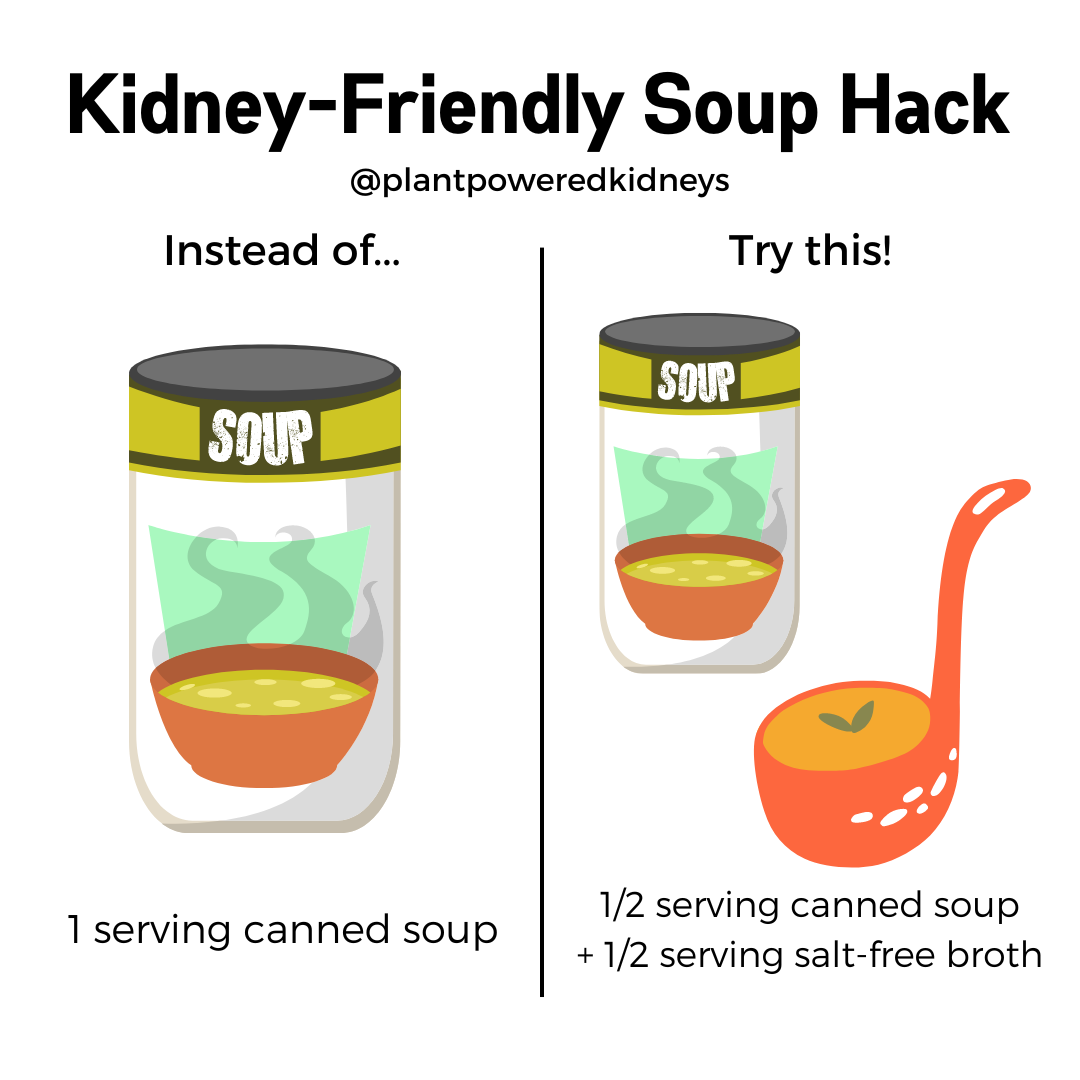
Looking for phosphorus and potassium additives
Be on the lookout for items in the ingredient list that contain the letters PHOS. You can read more about looking out for phosphorus additives here.
Plant-based soups, vegetarian options, or vegan soups that are low in sodium and don’t contain phosphorus or potassium additives can be great options to help keep the amount of protein under control.
Our Favorite Store-Bought Soup Brands
There are a few pre-made soup brands that can fit into a kidney-friendly diet.
Add your favorite side salad, whole grain crackers or kidney-friendly toppings to make them a complete meal.
- Amy’s Light in Sodium Organic Lentil and Vegetable Soup
- Amy’s Light in Sodium Organic Lentil Soup
- Health Valley No Salt Added Organic Vegetable Soup
- Pacific Foods Organic Roasted Red Pepper and Tomato Soup Light in Sodium (contains dairy products)
- Dr. McDougalls Garden Vegetable Soup Lower Sodium
- Health Valley No Salt Added Organic Minestrone Soup

Kidney-Friendly Soup Recipe: Cream of Celery and Asparagus Soup
Try this unique kidney-friendly soup recipe next time you need a warm lunch or dinner:
Ingredients:
- 1 tbsp Coconut Oil
- 1/2 Yellow Onion (chopped)
- 3 stalks Celery (chopped)
- 1 1/2 Garlic (cloves, minced)
- 2 cups Water
- 1/2 tsp Sea Salt
- 1/4 tsp Black pepper
- 1 1/2 cups Asparagus (woody ends snapped off)
- 1/4 cup Hemp seeds
- 2 cups Baby spinach
Directions:
- Heat Coconut oil in a large stock pot over medium heat. Add yellow onion and celery.
- Saute for 5 minutes or until veggies are slightly softened. Add minced garlic and saute for another minute.
- Add water, sea salt and black pepper to the stock pot.
- Cover and bring to a boil then reduce to a simmer. Remove lid and set asparagus on top.
- Cover and let steam for 5 minutes or until bright green
- Add hemp seeds and baby spinach to your blender.
- Pour soup over top and puree. Ladle into bowls. Enjoy!

Summary
There are plenty of ways that soup can fit into a kidney-friendly diet. We can think of soup as an opportunity to add in more nutrient-dense, kidney-protective foods such as vegetables, whole grains, plant-based protein sources, and herbs and spices.
There are also some store-bought soups that can fit into your kidney-friendly diet. Store-bought soups can be quick and easy lunch or dinner options.
We hope that you can now go into this winter season prepared with everything that you need to craft a healthy, kidney-friendly (and delicious!) soup. Bon appetite, kidney warrior!

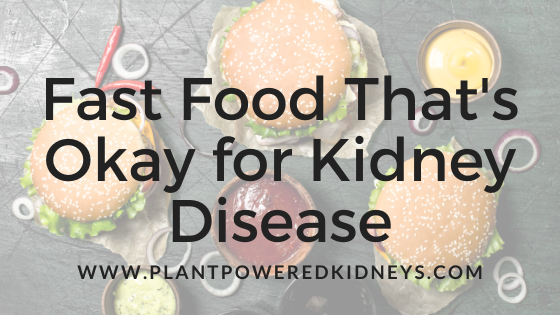

what if he cant eat spinach
Other greens may work! Kale is great in soup.
Thank you for the beautiful informative article and appealing recipe! Please add VERY important information: Ounces per serving and servings per recipe.
Thank you for the feedback Harriet. Unfortunately, I don’t have the ounces per serving, but this recipe is intended for two servings. Enjoy!
I have stage 4 CKD, I struggle to find a nutritionist my insurance will accept. So I have been reaching on my own and disappointed that every kidney web site has a different opinion, this is frustrating and confusing. What would help me is to know how much potassium protein and phosphorus should I have per serving and daily recommended value. If you can answer this for me I would appreciate it so much
Hi Lynn! I completely understand that frustration. Some parts of a renal diet aren’t set in stone, so it can be interpreted in different ways. In order for you to get personalized amounts for nutrients like potassium, protein, and phosphorus, you would need to work privately with a dietitian. That way, they can do a nutrition assessment with you to review your medical history, preferences, needs, and any other things that make you (and your kidneys) unique.
You can also ask your health insurance company to connect you with a dietitian. Here’s an article to show you how.